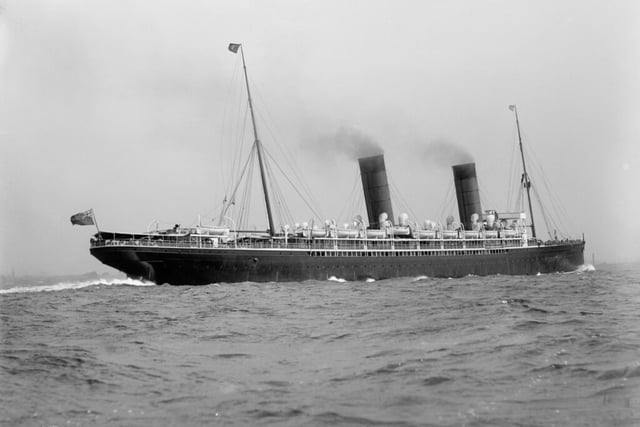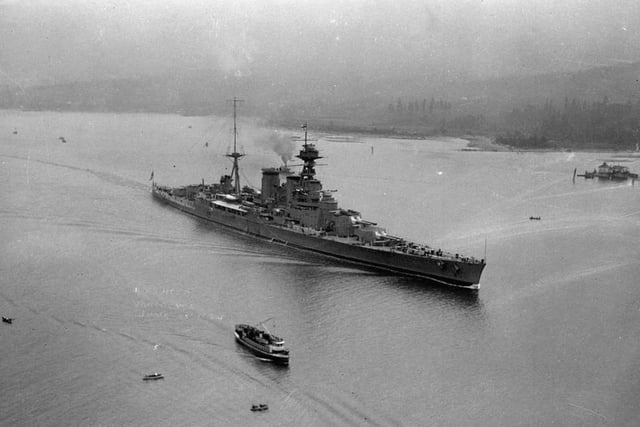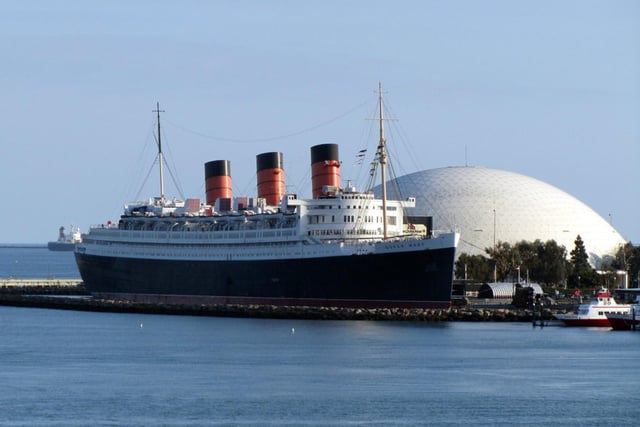April 21, 2023, marks the centenary of the SS Metagama departing from Stornoway in the Outer Hebrides. For the islanders leaving, the communities being left behind and the very culture of Scotland itself, things were never the same again.
Unsurprisingly, this ship of such a powerful legacy was built in Glasgow, which as The Herald reports boasted shipbuilding which “was the envy of the world.” They pointed out that “in the early 1900s a fifth of all ships in the world were made on the River Clyde in Glasgow.”
Over the years, tens of thousands of naval, merchant and passenger ships were built on the Clyde and its tributaries since the Scott family first set up a yard in Greenock in 1711. Indeed, the term ‘Clydebuilt’ was seen as synonymous with superior precision marine engineering.
In honour of the 100th anniversary of the SS Metagama leaving Stornoway, here are nine Scotland-built ships that inspire wonder to this day.
Over the years, tens of thousands of naval, merchant and passenger ships were built on the Clyde and its tributaries since the Scott family first set up a yard in Greenock in 1711. Indeed, the term ‘Clydebuilt’ was seen as synonymous with superior precision marine engineering.

5. RMS Lucania
In an era before air travel there was huge public interest in ships capable of reaching far-flung destinations at increasing speeds. The most prestigious route in British maritime trade was the Atlantic crossing to the US. Shipping companies promoted themselves on the speed and ease in which they could reach New York. The fastest passenger liner was awarded the Blue Riband, an unofficial accolade borrowed from horse racing. RMS Lucania, built at the Fairfields yard in Govan and launched in 1893, won the title on just her second ever voyage. At the time, Lucania and her sister ship Campania had the largest triple expansion engines ever fitted to Cunard liners. Photo: ssave on Flickr

6. HMS Hood
Built at John Brown’s yard in Clydebank and launched in 1918, HMS Hood was the pride of the Royal Navy and the most famous battleship in Britain upon the outbreak of war in 1939. Known as ‘The Mighty Hood’, the battle-cruiser was employed to protect convoys in the North Sea and as a general deterrent against invasion. In 1941 the Hood was ordered to intercept the Bismarck - the largest battleship ever built by the German navy - and prevent her reaching the Atlantic where she would pose a threat to Allied shipping. On May 24 the Hood and HMS Prince of Wales spotted the Bismarck and opened fire. Less than 10 minutes later, a German shell struck the Hood and exploded her main ammunition magazine. The battleship sank within three minutes with the loss of all but three of her 1418 crew. It remains one of the blackest days in Royal Navy history and was a huge blow to British morale. The Bismarck was sunk two weeks later after being tracked by HMS Ark Royal. The wreck of the Hood was finally located in 2001 and one of her two ship’s bells was retrieved in 2015. Photo: via Picryl

7. RMS Queen Mary
The Queen Mary, along with her sister ship Queen Elizabeth, were built for Cunard’s weekly express service between Southampton, Cherbourg, and New York. It was the dying days of the superliner era which would soon be ended by the growing popularity of transatlantic flights. Built at John Brown’s Clydebank yard and launched in 1934, the Queen Mary won the Blue Ribband in August 1936 for the fastest Atlantic crossing. She regained it in 1938 and would hold the title until 1952. The ship was named after Queen Mary, consort of King George V, and remained popular with passengers and the wider public into the 1960s. She was retired in 1967 and sailed to Long Beach, California, where she is now permanently moored as a floating hotel. Photo: David Jones on Flickr

8. Queen Elizabeth 2
Ocean liners were no longer built solely with transport in mind by the time of the Queen Mary’s retiral. Instead they were marketed as holiday destinations in their own right. The age of luxury cruises arrived at just the right time for the Queen Elizabeth 2 - or the QE2 as she quickly became known. She was the last superliner to be built at John Brown’s yard in Clydebank and many Scots can still recall her launch in September 1967. The interior and superstructure of the ship was designed by James Gardner - described by the Council of Industrial Design as that of a “very big yacht”. The QE2 would serve as the Cunard line’s flagship from 1969 until the launch of the French-built Queen Mary 2 in 2004. Although she spent much of her life as a crusie ship, the QE2 did undertake scheduled sailings from Southhampton to New York each year - a tradition continued by the Queen Mary 2. The liner was retired in 2008 and sold to an investment consortium. Photo: via WikiCommons


